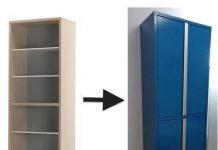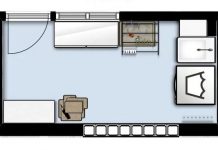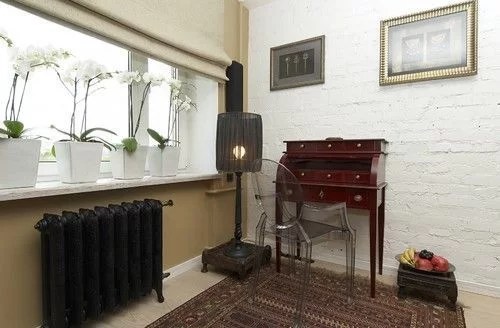
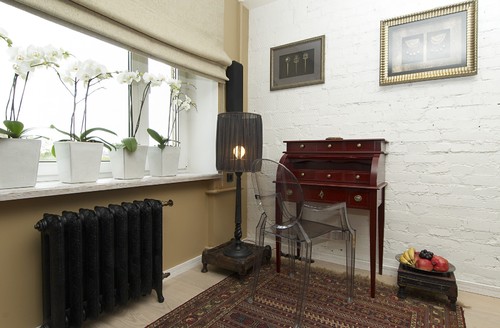
It’s already autumn, the days are shorter, the nights and mornings are cooler and soon we’ll be taking off the long sleeve (if we haven’t already). In addition, in many homes the time will come to turn on the heating to maintain a comfortable room temperature.
In the area where I live (eastern Valencia) we are lucky that the real cold does not usually arrive until December, but when it arrives… it arrives and it is necessary to have some heating system to keep the house warm.
I’m going to talk to you about the three most common heating systems that we can find in a home: blue heat, heat pump heating and natural gas heating. In addition, I have tried these three systems on my own meat, so I am not going to tell you the advantages and disadvantages that these heating systems have on paper (and that we can find on many internet pages), but I am going to give you My opinion based on my personal experience.
blue heat
Neither a pretty name, nor a stylized design, nor programmers with multiple functions, nor their “thermo-carrier” fluid make these radiators stop being what they really are: lifelong oil radiators. Come on, what comes to be the saying of «even if the mona dresses in silk, mona stays» applied to the world of oil radiators.
I have to admit that they also sold me the motorcycle 15 years ago with this heating system without works, with radiators whose temperature could be regulated independently and that «thanks to its special inner fluid» emitted a heat output greater than their consumption.
Let’s go by parts… do they heat? Yes, but at a high price. That means that if you have a 1200 W radiator in one room, another 1000 W in another and two more than 700 W, when they are all on at the same time they will be consuming 3600 W per hour, not one more, not one less. , so calculate the hours that you are going to have them on and multiply…
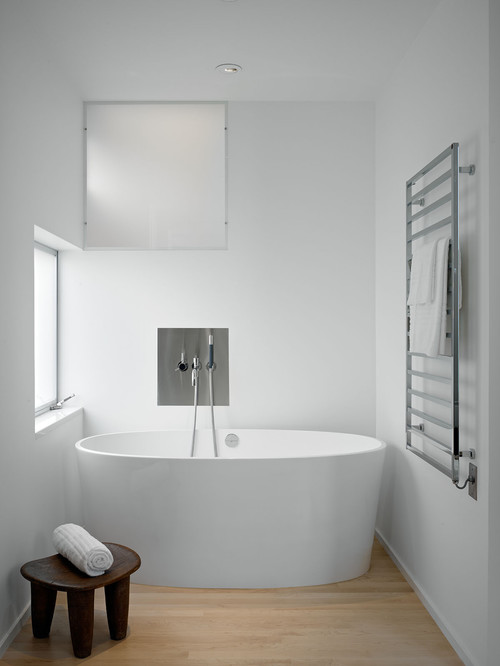
To these consumptions you have to add the hired potency (We already know that the more watts contracted, the more the electric bill goes up), at least if we don’t want the automatic to jump every time we turn on the oven or the washing machine. Nor should we forget the standby consumption, since all those sophisticated programmers that they incorporate so that the radiator connects and disconnects at certain times are not pedals.
In short, blue heat is very bad… well, it’s not that either. There are certain situations in which it may be convenient. For example, in studios and mini-apartments or in rental homes where you can’t renovate, with the added advantage that you can take the radiators with you if you change homes. They can also be useful to supplement other types of heating systems (basements or attics not reached by central heating systems). Another point in their favor is that the maintenance cost is zero.
Heat pump heating
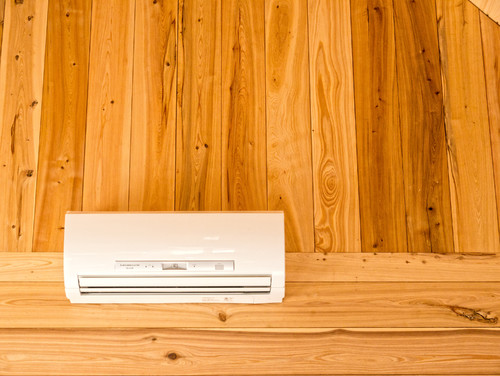
One of the things that encouraged us to choose our flat over other options was that it had installation of air conditioning and heating ducts. The truth is that this centralized system is wonderful in summer, but not so much in winter.
To begin with, keep in mind that a heat pump heating system is more energy efficient than blue heat. On average, an oil radiator will consume 3.6 times more than a split with a heat pump. However, heat pump heating systems are not suitable for areas with low temperatures, and do not work properly when the outside temperature does not exceed 5 or 6 degrees.
In the area where I live, the winters are not extreme, we rarely drop below 4 or 5 five degrees of minimum temperature (and that is when it is cold), but spending the day outside and turning on the heating after dark we realized that the house took a long time to heat up and that the air did not come out too hot. The solution of leaving the heating on even if no one was home did not seem the best either (especially for our pockets).
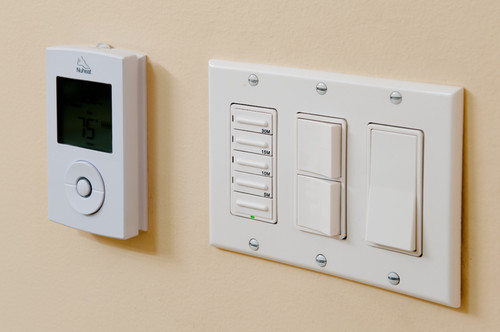
On the other hand, it must be taken into account that the heat pump heating systems generate heat by convection. The convective heat It is produced by heating a fluid (air or water). The heat pump heats the air, hot air is less dense (weighs less) than cold air, so it rises above it, displacing it (not replacing it). This in everyday life translates into heat pump heating warms the ceilings of your house wonderfully but leaves your feet frozen. Actually, the area that is one meter from the ground is the one that is most abandoned, so there comes a time when you are on the sofa that you have to throw a plaid over yourself if you do not want to stay stiff. In addition, the sensation of heat disappears quickly when the machine is turned off, as the air cools down again in a short time.
So we rule out heat pump heating systems? Once again you have to see the personal circumstances and those of the home. Of course I do not recommend them in very cold areas (neither I nor a serious installer) or in homes with very high ceilings. If what it is about is to heat a small room or to have a system that does not require too many works and that we can also take advantage of in summer, splits can be installed. In addition, it must be taken into account that there are places where this type of heating is the most viable as it is not possible to install other types of heating.
natural gas heating
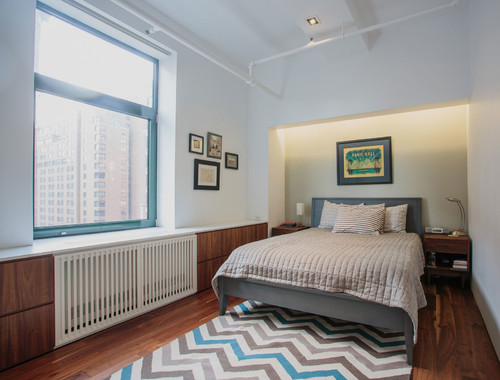
After spending a couple of winters with cold feet and taking advantage of the fact that we had a natural gas installation, we decided to install a radiator heating system.
An installation of radiators in a house that is already built requires works, radiators and exposed pipes (although in my case a large part of them were hidden by placing them through the false ceiling). In addition, a gas boiler involves a significant financial outlay (from €1,500 onwards) and requires mandatory annual maintenance by law (in our case about €70).
Gas is cheaper than electricity, but the investment involved in an installation of this type means that it does not start to be profitable until after six years. In short, if you have plans to move soon, you may have to install a natural gas heating not be the most appropriate.
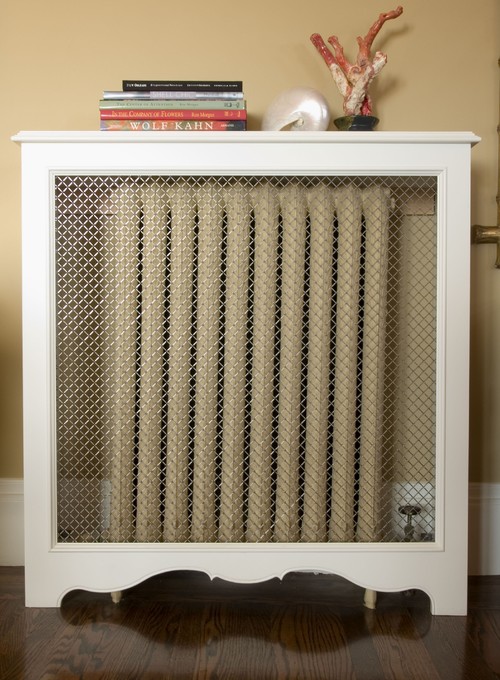
But as they say “Scabies with pleasure does not itch«, and despite the economic outlay I have to admit that Of the three types of heating that I have tried, natural gas heating is the one that I liked the most. I finally get home and it’s warm (it’s enough to program it so that it connects half an hour before), also when you turn off the heating at night, the next day the house is still warm (in fact the heating is usually programmed to connect again in the afternoon).
The type of heat provided by natural gas heating is comfortable and durable. However, in my case it has the drawback that, being a dry heat, my asthma does not take it very well, so I have to use humidifiers so that the environment does not dry out and I have to use the inhaler at night.
I am not going to say that this is the ideal heating system that everyone should install because, like the other two systems, the particular conditions of each one must be studied. For a temperate climate, I would not go to the expense and work to install natural gas heating in an apartment of a few meters. In addition, not everyone has gas pre-installation or has space for a diesel or propane tank.
you what Heating systems have you tried? Which one did you like the most or would you recommend? I hope my personal experience with these three heating systems has been useful to you and helps you choose the one that best suits your home.

